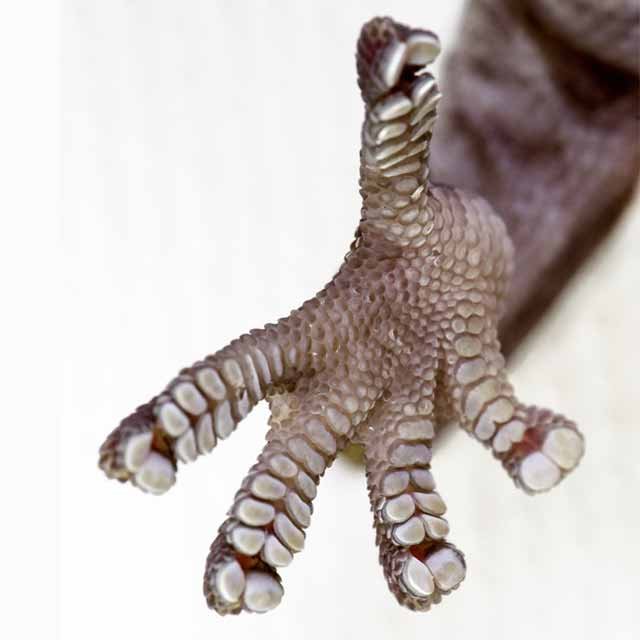
The secret of this revolutionary material is hidden to nanometric size, where a peculiar geometric design imitates the characteristics of the geckos' legs.

Nature, in its almost infinite genetic variety, has always been a source of inspiration for human technological research. We have created machines that fly like birds and devices that allow us to breathe underwater. In this constant search for advances that improve our lives, there is an animal that has inspired the one that will be the adhesive of the future: the gecko lizard.
The NanoGriptech company, made up of engineers from the University of Pittsburgh, has succeeded in replicating the powerful forces of attraction adhesion generated by the legs of these small animals. They have just launched Setex, the first adhesive that does not use glue, leaves no residue, is reusable while maintaining 100% of its adhesion capacity and is fully adaptable to any configuration.
How does Setex work?
The secret of this revolutionary material is hidden to nanometric size, where a peculiar geometric design imitates the characteristics of the geckos' legs. Adhesive pads on the feet of these animals possess millions of tiny protuberances that interact electrostatically with molecules on the surface to which the gecko adheres, either horizontally, vertically, or upside down.
In the adhesive developed by NanoGriptech, the protuberances are simulated with polyurethane columns that have at their end a flat mushroom-shaped hat, so that a few square centimeters are capable of supporting several hundred kilograms.


Utilities of the adhesive of the future inspired by the 'gecko'
By not using chemical adhesion forces, Setex applications range from dry adhesive to material fastening in contact with the skin, such as prosthesis fittings, safety helmets, safety suits, biological suits, etc.
As the University of Pittsburgh engineers who developed this technology explained, "the door has been opened to a future in which there will be no biohazard leakage, there will be comfortable prosthetic linings, high performance sportswear and many more applications ", All thanks to the incredible legs of a small lizard.